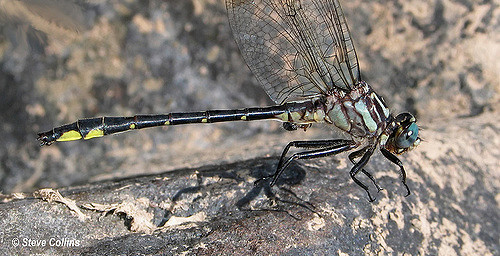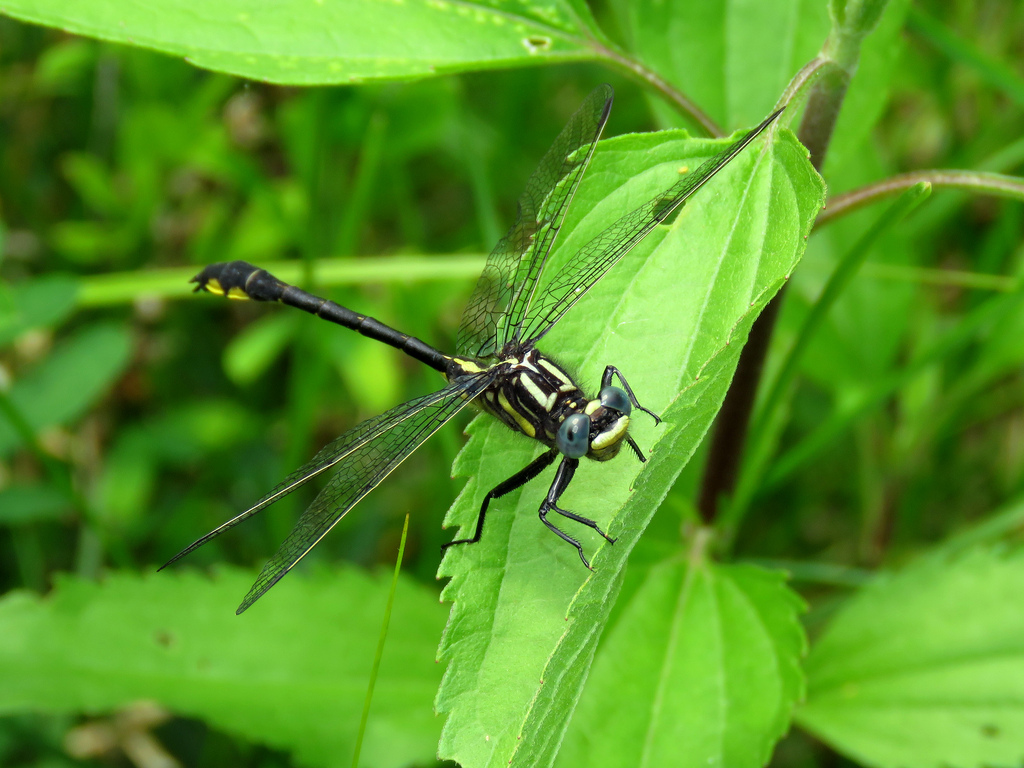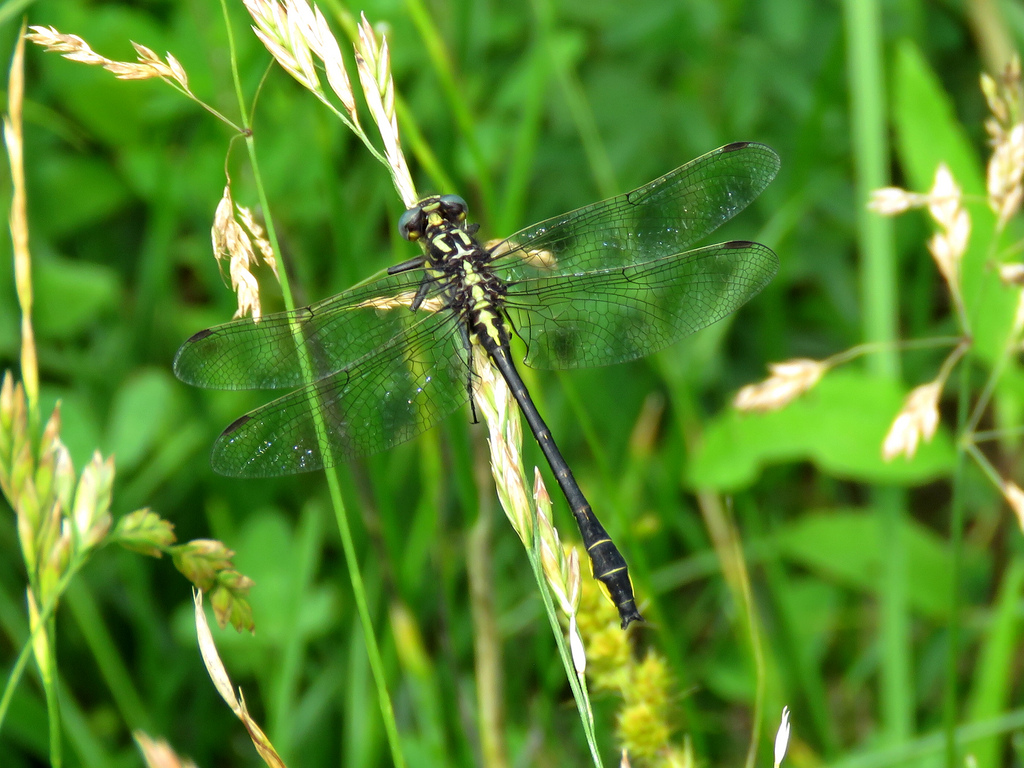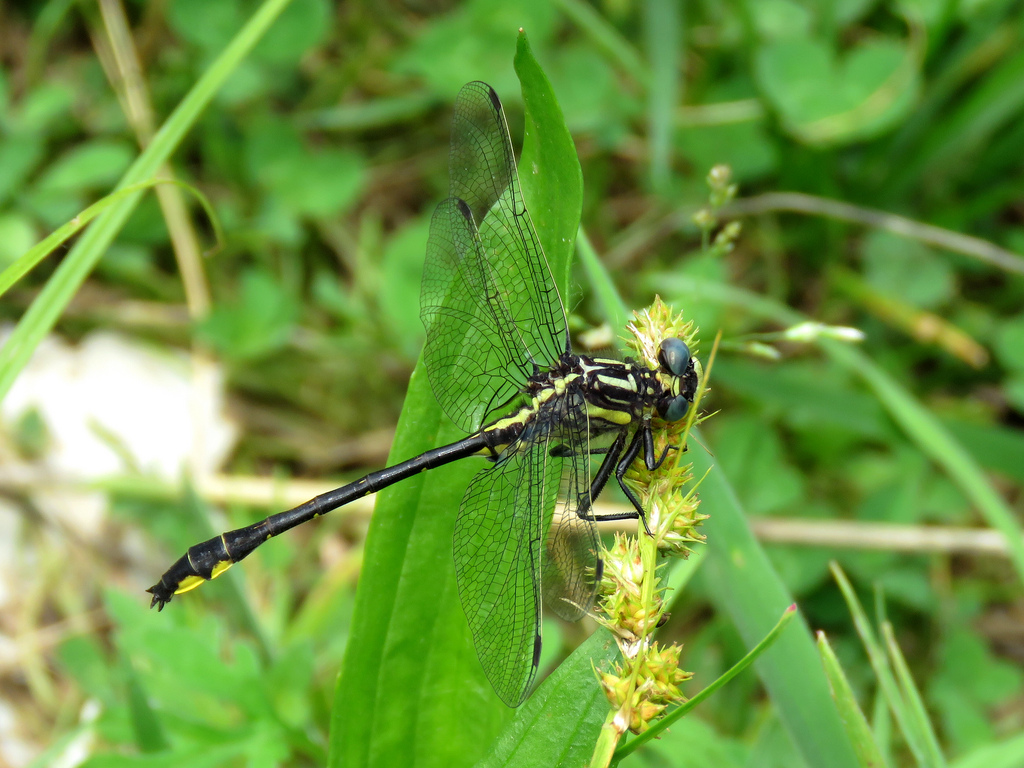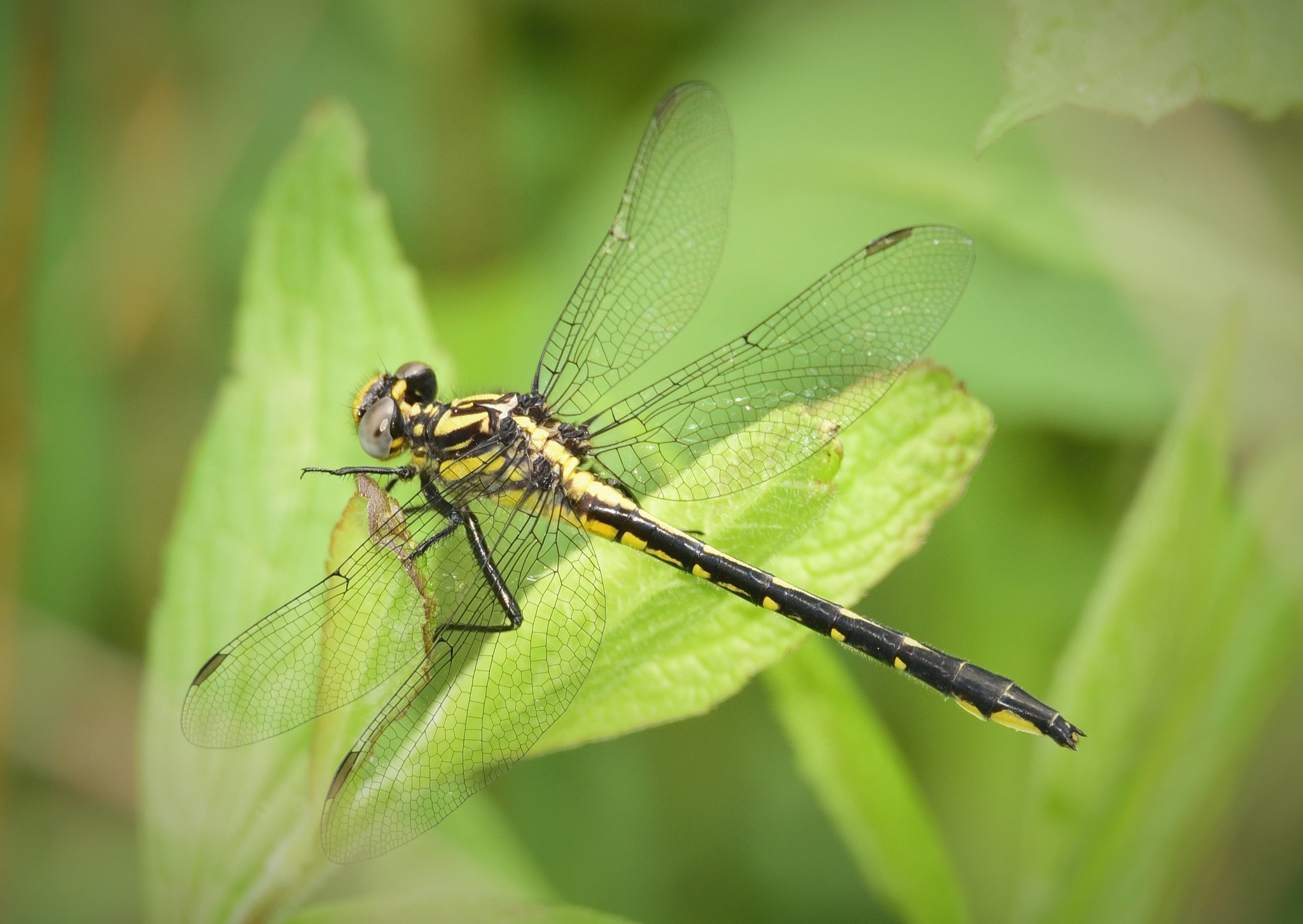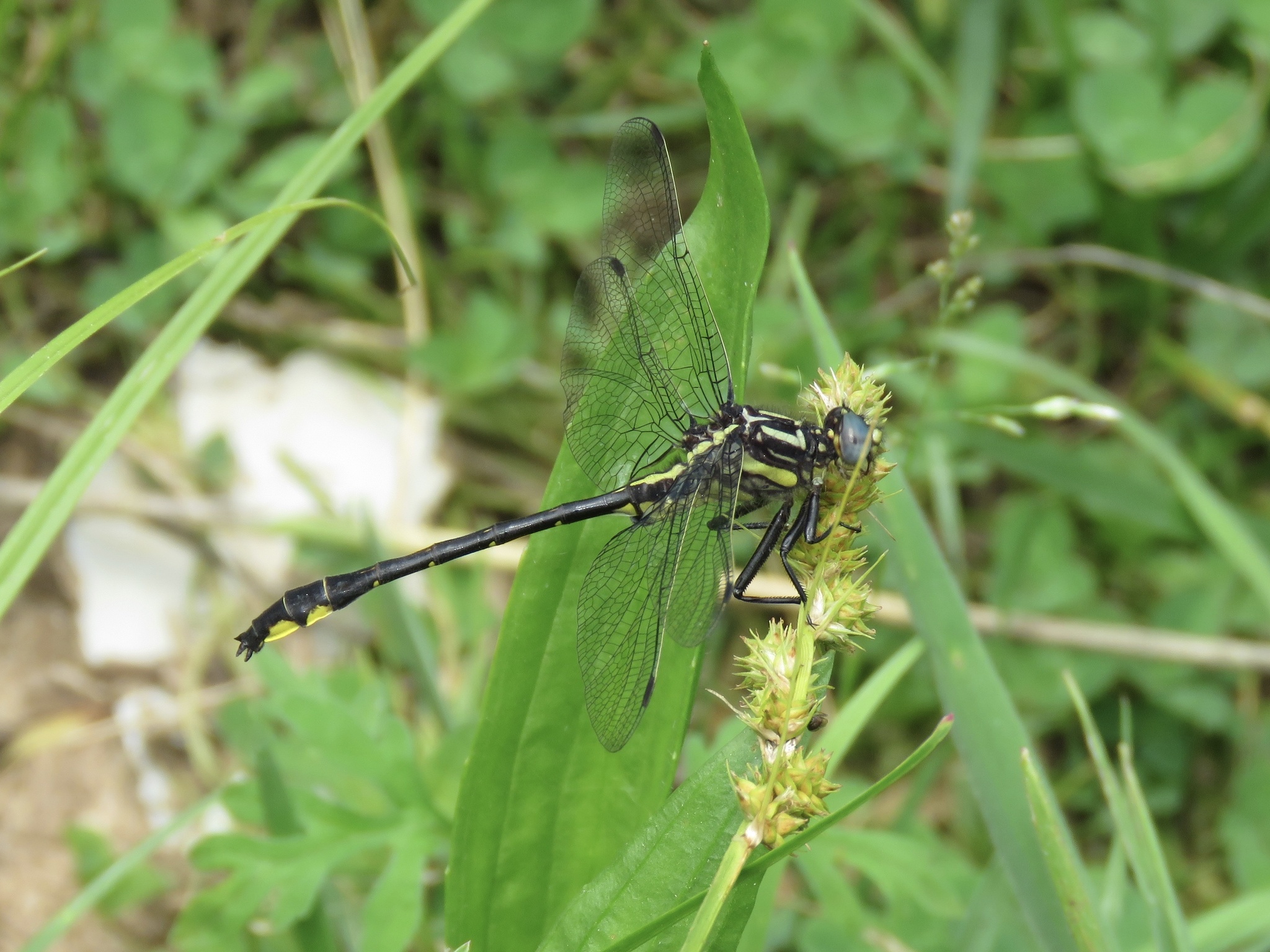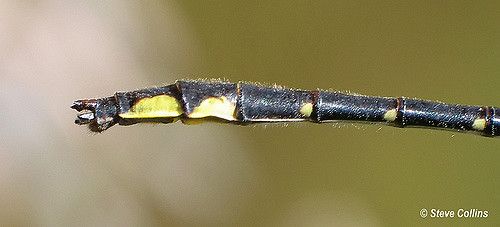Map Snapshot











54 Records
Status
Rapids Clubtail (Phanogomphus quadricolor) is a small, northeastern Phanogomphus of rocky or gravelly creeks or rivers. (Paulson, 2011). Rapids Clubtail is recorded from a number of counties from the mountains to the piedmont in Maryland, but is generally regarded as uncommon to rare (Richard Orr's The Dragonflies and Damselflies of Maryland and the District of Columbia), and considered S2 (state rare).
Seasonality Snapshot
Source: Wikipedia
| Phanogomphus quadricolor | |
|---|---|

| |
| Scientific classification | |
| Domain: | Eukaryota |
| Kingdom: | Animalia |
| Phylum: | Arthropoda |
| Class: | Insecta |
| Order: | Odonata |
| Infraorder: | Anisoptera |
| Family: | Gomphidae |
| Genus: | Phanogomphus |
| Species: | P. quadricolor
|
| Binomial name | |
| Phanogomphus quadricolor (Walsh, 1863)
| |
| Synonyms | |
| |
Phanogomphus quadricolor, the rapids clubtail, is a species of dragonfly in the family Gomphidae. It is found in eastern North America. Its natural habitat is medium to large rivers. It is threatened by degrading habitat quality.
This is a small dragonfly: 1.6 to 1.8 inches (41 to 46 mm) in length. Adults have bluish-green eyes on a yellowish-green face. The body has brownish-black and yellowish-green stripes and its wings are transparent.
Adults feed on small flying insects.
The aquatic larvae hatch in slow-moving pools.
Phanogomphus quadricolor was recently considered a member of the genus Gomphus, but in 2017 it became a member of the genus Phanogomphus when Phanogomphus was elevated from subgenus to genus rank.[2][3][4]
References
[edit]- ^ Paulson, D.R. (2018) [amended version of 2017 assessment]. "Phanogomphus quadricolor". IUCN Red List of Threatened Species. 2018: e.T51179112A125537394. doi:10.2305/IUCN.UK.2017-3.RLTS.T51179112A125537394.en. Retrieved 13 November 2021.
- ^ Ware, Jessica L.; Pilgrim, Erik; May, Michael L.; Donnelly, Thomas W.; et al. (2017). "Phylogenetic relationships of North American Gomphidae and their close relatives". Systematic Entomology. 42 (2): 347–358. Bibcode:2017SysEn..42..347W. doi:10.1111/syen.12218. PMC 6104399. PMID 30147221.
- ^ "Odonata Central". Retrieved 2018-08-18.
- ^ "World Odonata List". Slater Museum of Natural History, University of Puget Sound. 2018. Retrieved 2018-08-18.
- "Rapids Clubtail (Gomphus quadricolor)" (PDF). Ontario Ministry of Natural Resources. Retrieved 2010-03-12. [dead link]
- "Rapids Clubtail" (PDF). Massachusetts Division of Fisheries and Wildlife. Retrieved 2010-03-12.
- "COSEWIC Assessment and Status Report on the Rapids Clubtail Gomphus quadricolor in Canada" (PDF). Government of Canada. Retrieved 2010-03-12.

